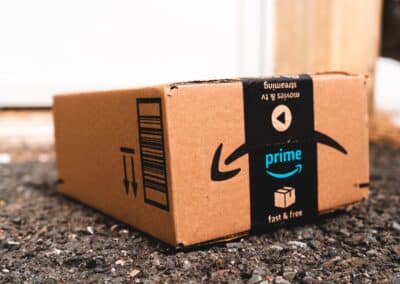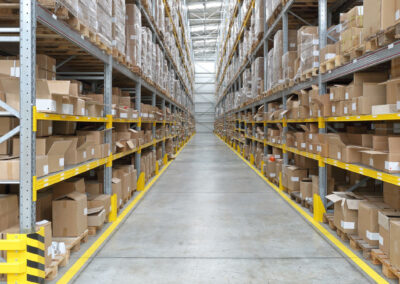Prime by Seller:
How Amazon Prime can benefit you and your customers

by Esther Schwan – 12 min. read time
last updated 13/12/2023
Find out how T1TAN successfully masters shipping for Prime by Seller and in general with Alaiko.
What is Prime by Seller?
Prime by Seller is Amazon’s opportunity for online sellers to sell their products under the coveted Prime logo and earn points with Prime members for fast, free shipping. Unlike Fulfilment by Amazon, where the platform takes care of fulfillment, with Prime by Seller, online retailers take care of warehousing and shipping. They get all the benefits of Prime without having to hand over control of their fulfillment to Amazon.
Is Seller Fulfilled Prime worth it?
SFP is worthwhile for e-commerce businesses that already have fulfillment processes in place and have a multichannel strategy that includes Amazon as a sales channel. Because Amazon is considered a major marketplace and Prime members account for a large share of the internet company’s sales growth, the sales opportunities for sellers in the Prime program are great.
What is the difference between SFP and FBM?
Like SFP, Fulfilment by Merchant (FBM) lets online merchants handle their own fulfillment. The difference: SFP allows sellers to offer their products with the Prime label, while FBM does not automatically offer Prime benefits. On the other hand, the requirements for SFP sellers are more stringent than for the FBM program, which offers greater fulfillment flexibility.
Esther Schwan
PR & Content Marketing Lead DACH
Alaiko Posts





